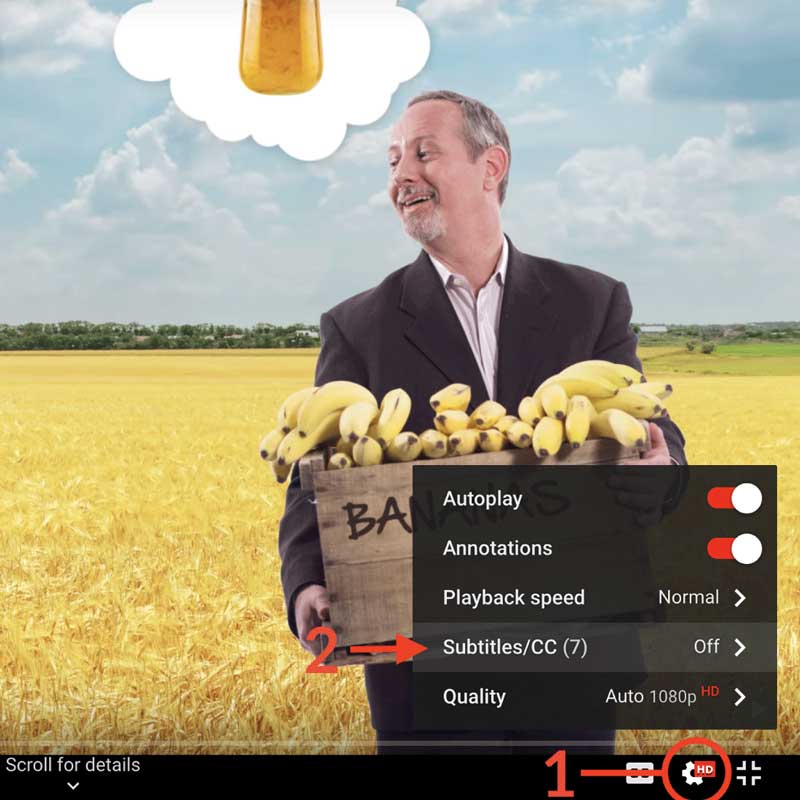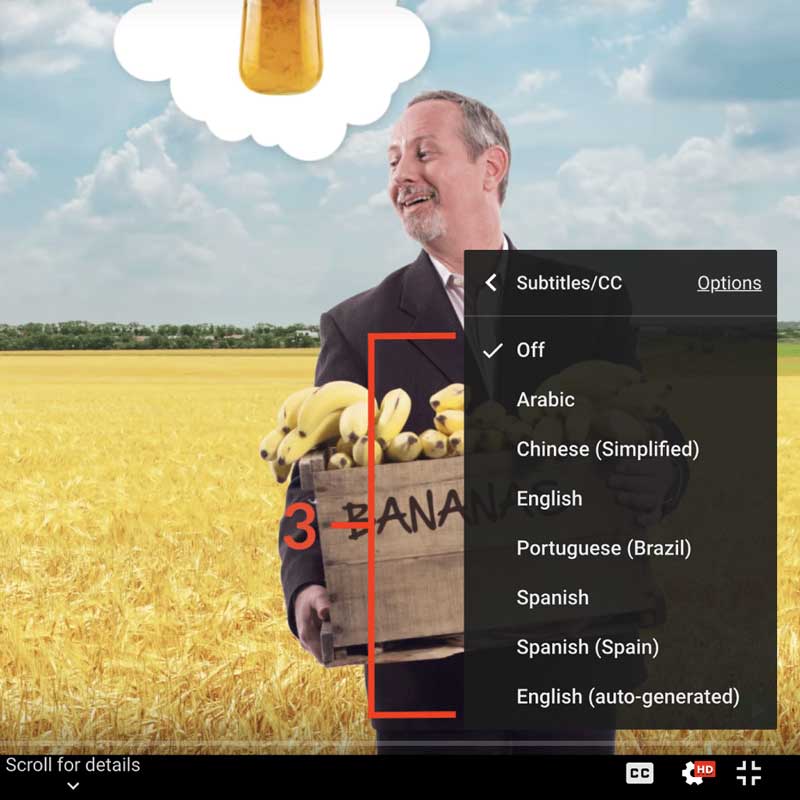Defining the Unemployment Rate
Course Outline
Defining the Unemployment Rate
How is unemployment defined in the United States?
If someone has a job, they’re defined as “employed.” But does that mean that everyone without a job is unemployed? Not exactly.
A minor without a job isn’t unemployed. Someone who has been incarcerated also isn’t counted. A retiree, too, does not count toward the unemployment rate.
For the official statistics, you have to meet quite a few criteria to be considered unemployed in the U.S. For instance, if you’re without a job, but have actively looked for work in the past four weeks, you are considered unemployed.
In times of recession, when people are faced with long-term unemployment and lots of discouragement, the official rate might not count some of the people that you would otherwise consider unemployed.
This video will give you a clear picture of how the unemployment rate is defined and build a foundation for further understanding this important facet of labor markets.
Teacher Resources
Related to this course
See all Teacher Resources related to this course
Transcript
Let's begin today by taking a look at the unemployment rate in the United States. If we Google "unemployment rate United States FRED," we'll get this graph from the St. Louis Federal Reserve economic database. We can see from the graph that the unemployment rate fluctuates. Since 1950, it's averaged about 6% per year, but it dipped below 3% once, and it had highs of 10.8% in December of 1982, and almost as high, 10%, in October of 2009, the Great Recession.
Not surprisingly, the unemployment rate increases during recessions, and those are shown by the shaded areas. Perhaps a little bit more surprisingly, the unemployment rate is never zero. Not even in a boom. In a growing economy, lots of things are changing. And even as some firms are expanding, others are shutting down. Workers -- they're moving about, they're entering the work force, they're looking for new jobs and so forth. We'll talk more about that in an upcoming video.
Now let's look at how unemployment is defined. A person with a job is employed. But in the official definition, not everyone without a job is unemployed. Is a six-year-old unemployed? Is a prisoner unemployed? What about a retiree? In each of these cases, the official answer is no. A person is counted as unemployed only if they're an adult, non-institutionalized civilian without a job, and actively looking for work. The most important part of this definition is that to be considered unemployed, a person must be out of a job, but actively looking for work. And that means that they must have taken some action to find a job in the last four weeks. The unemployment rate is the number of people who are unemployed divided by the number of people in the civilian labor force -- the employed plus the unemployed.
Let's add the civilian labor force and the number of unemployed people to our graph to see all of these relationships, and get an idea of the magnitudes. We can see, for example, that in February of 2015, there were 157 million people in the labor force. Of these, 5.5% were unemployed, which means that there were 8.6 million unemployed people. Now in case you don't want to check those calculations, let's make it easy. Let's go to January of 1978. At that time there were about 100 million people in the labor force. The unemployment rate was 6.4%, and there were 6.4 million people unemployed, just as expected.
In the next video, we're going to look at a common criticism of the unemployment rate: Is unemployment undercounted? Is there a conspiracy to undercount the unemployment rate?
Subtitles
- English
- Spanish
- Chinese
- Hindi
- French
- Arabic
Thanks to our awesome community of subtitle contributors, individual videos in this course might have additional languages. More info below on how to see which languages are available (and how to contribute more!).
How to turn on captions and select a language:
- Click the settings icon (⚙) at the bottom of the video screen.
- Click Subtitles/CC.
- Select a language.


Contribute Translations!
Join the team and help us provide world-class economics education to everyone, everywhere for free! You can also reach out to us at [email protected] for more info.
Submit subtitles
Accessibility
We aim to make our content accessible to users around the world with varying needs and circumstances.
Currently we provide:
- A website built to the W3C Web Accessibility standards
- Subtitles and transcripts for our most popular content
- Video files for download
Are we missing something? Please let us know at [email protected]
Creative Commons

This work is licensed under a Creative Commons Attribution-NoDerivatives 4.0 International License.
The third party material as seen in this video is subject to third party copyright and is used here pursuant
to the fair use doctrine as stipulated in Section 107 of the Copyright Act. We grant no rights and make no
warranties with regard to the third party material depicted in the video and your use of this video may
require additional clearances and licenses. We advise consulting with clearance counsel before relying
on the fair use doctrine.


